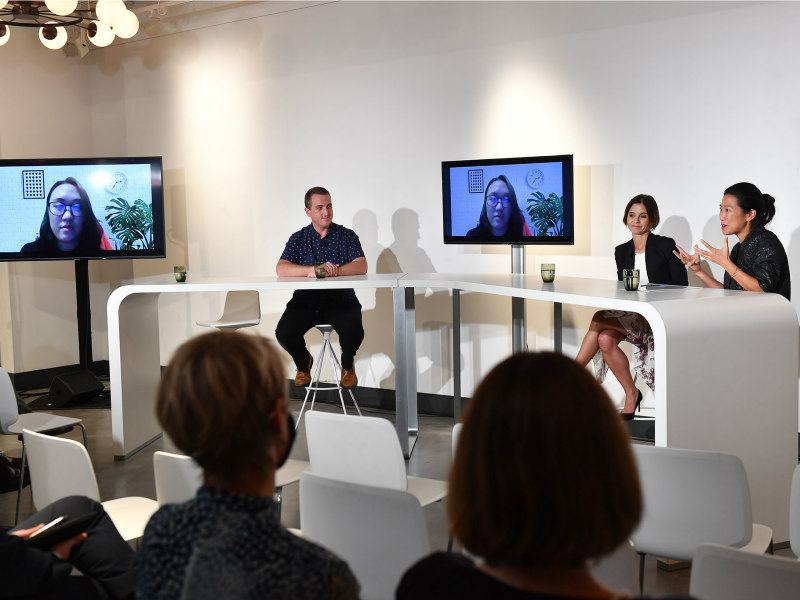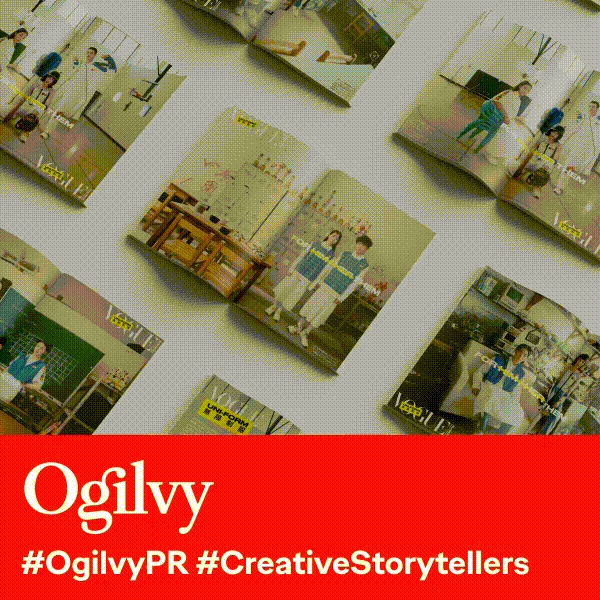Arun Sudhaman 20 Sep 2021 // 3:38AM GMT

HONG KONG — The Covid-19 pandemic has only accelerated patient empowerment, posing specific challenges for healthcare communicators, heard delegates at the PRovoke Summit Asia-Pacific in Hong Kong last week.
In a discussion moderated by Weber Shandwick healthcare EVP Windcy Chan, experts admitted that the risk of misinformation meant that communications strategies must be far more proactive in terms of providing the kind of information that, in the past, may have been less easy to access.
"Panic can spread around the world at the touch of a button," said AIDS Concern CEO Andrew Chidgey. "We do need a very different way of operating health education. It's no longer what happens in a doctor's consultation room. We need to see doctors and governments getting out in front to explain what's fact and what's not."
That becomes even more important given how active patients now are in terms of "making
decisions around their treatment choices and also their own disease management plans," said Chan. "People are more capable of searching for difficult topics, such as the pros and cons of different vaccines."
But, added Chan, the question remains as to whether this ultimately optimises health outcomes or creates "a recipe for confusion and conflict."
"I don't think patients can be too empowered but they can be overwhelmed," agreed Rachel Lee Puah, head of communications for Boehringer Ingelheim Southeast Asia and South Korea. "I do think it's pretty hard to sift through all the stuff that is available and make sense of everything."
"This is where we as communicators need to come back to first principles," added Amgen corporate affairs and advocacy relations director Kylie Park. "Who are our audiences, how would they like to receive information, and, importantly, what is relevant for their caregivers? It's really about listening and making sure there are different options."
The proliferation of new technology, including virtual consultation platforms and healthcare monitoring devices, also poses new challenges for patient groups, said Park.
"We have to look at things like wearable technologies, the opportunities for all of us to keep a watching brief on our health and what's happening to our bodies," she explained. "The sheer volume and speed at which innovation is coming down the line has really required patient groups to move from a support and caregiver role to much more of an advocacy role where they are actively seeking out information about new treatments."
Lee Puah pointed to the opportunities afforded by webinars to allow anonymous questions and discussion, while Chidgey noted that technology has accelerated because of the Covid-19 pandemic.
But, in the rush to to jump on the technology bandwagon, healthcare communicators must be wary of overlooking the importance of providers, practitioners and caregivers.
"Often these virtual platforms have opened up accessibility to information because people aren't necessarily travelling so far to receive information," said Park. "When you are talking about elderly populations, what feels credible for them? This is where we come back to the healthcare practitioner. That relationship between healthcare provider and patient will continue to be really important."



































.jpg)


















